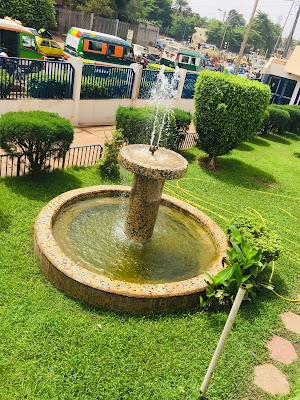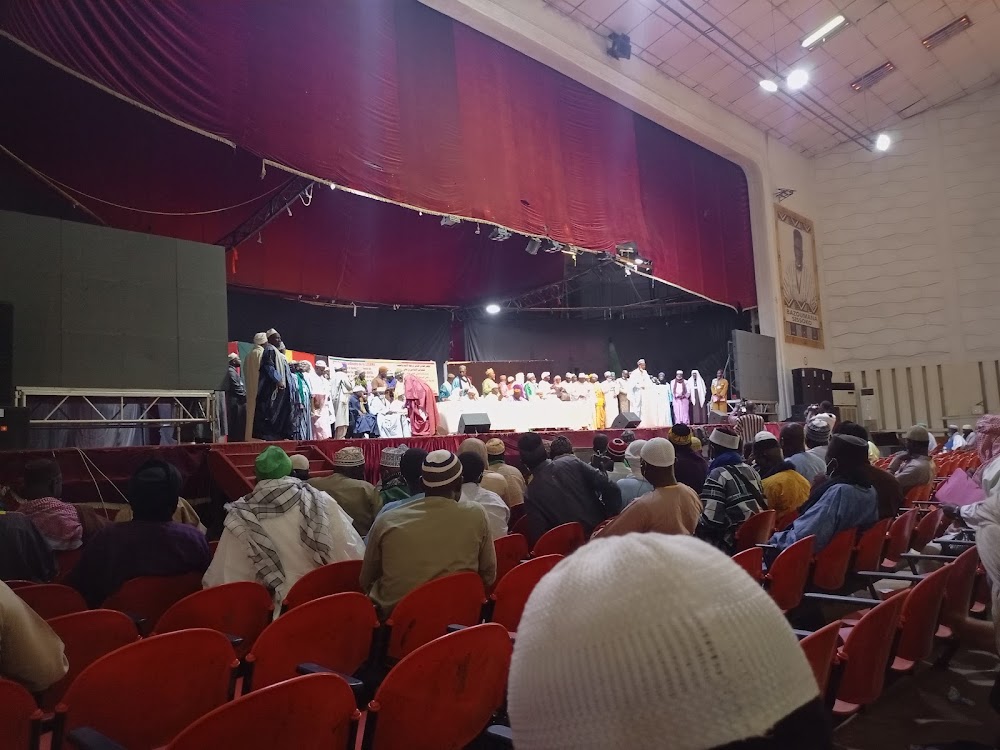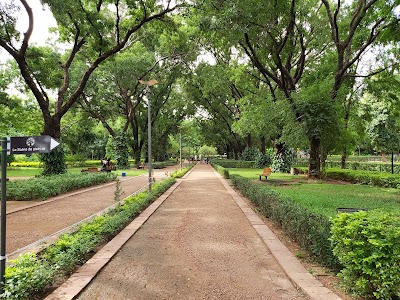National Museum of Mali (Musée National du Mali)
Overview
The National Museum of Mali, situated in the vibrant capital city of Bamako, offers a captivating exploration of Mali's rich history and cultural heritage. Established on February 14, 1953, initially as the Sudanese Museum, it was renamed following Mali's independence in 1960, reflecting the nation's evolving identity.
From its inception, the museum was envisioned as a sanctuary for preserving and showcasing the diverse cultural tapestry of Mali. The early focus on collecting traditional artifacts laid the foundation for what would become a national treasure chest, celebrating the artistry and craftsmanship of the Malian people.
The museum's architecture is a stunning example of Sudano-Sahelian design, crafted by the acclaimed architect Jean-Loup Pivin. Characterized by adobe plaster walls and wooden beams, the building exudes an authentic Malian essence. Its construction harmoniously combined the skills of local artisans with the expertise of international professionals, respecting and integrating traditional building techniques.
Inside, the National Museum of Mali houses an impressive collection of archaeological artifacts, textiles, and traditional crafts. The exhibitions feature musical instruments, garments, and religious items spanning centuries, each meticulously curated to narrate the evolution of Malian artistry and the daily lives of its people.
Among its most cherished collections are the terracotta statues from the Inland Niger Delta, which provide a fascinating glimpse into the ancient Mali Empire and its sophisticated artistry. These artifacts whisper the profound stories of past civilizations that flourished along the banks of the Niger River, enriching our understanding of the region's history.
The museum also boasts a significant array of ethnographic pieces, including tools, weapons, and everyday items that reflect the customs and traditions of various ethnic groups, such as the Dogon, Tuareg, and Bambara. These collections weave a fuller narrative of the intricate cultural landscape of Mali.
Beyond its role as a museum, the National Museum of Mali functions as a cultural center, hosting temporary exhibitions and educational programs designed to engage both the local community and visitors. These initiatives foster a deeper understanding and appreciation of Mali's cultural heritage, ensuring its relevance in today's society.
Throughout its history, the museum has faced numerous challenges, including political unrest and economic constraints. Yet, it has remained resilient, continually acting as a bridge between Mali's storied past and its present. Ongoing preservation projects and collaborations with international museums have bolstered its mission and expanded its collections.
Visiting the National Museum of Mali is like stepping into a portal that unveils the soul of the country. From ancient artifacts that echo the stories of vanished empires to vibrant textiles that celebrate human creativity, each exhibit stands as a testament to Mali's rich and enduring cultural legacy.
Today, the museum shines as a beacon of cultural preservation, education, and pride in Bamako. It serves as a living archive that not only safeguards Mali's past but also inspires future generations to cherish and uphold their heritage. Through its doors flows the history of a nation, told through its objects and artistry, inviting all to experience the beauty and complexity of Mali.









